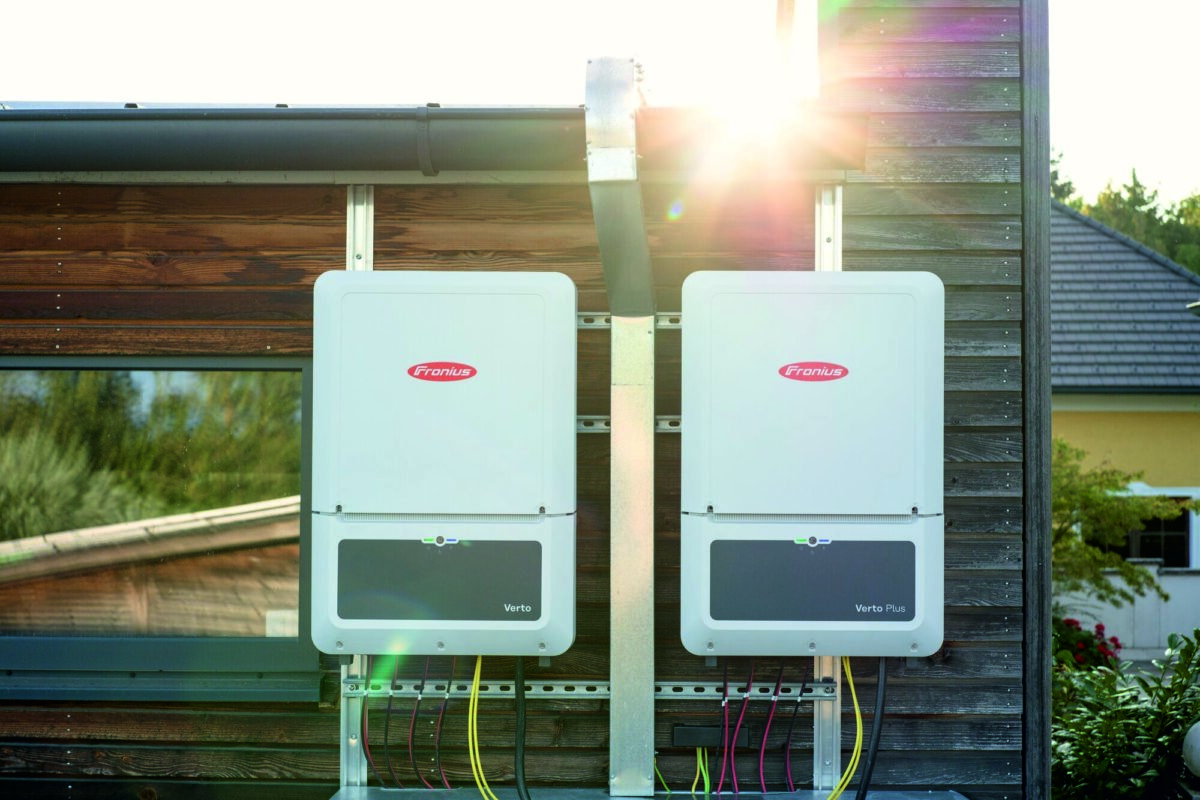American defense and aerospace manufacturer Lockheed Martin is developing vertical solar array technology (VSAT) to be deployed on the Moon.
A statement on the company’s website says its VSAT has the ability to provide continuous and sustainable power and will be foundational for various lunar operations.
Certain locations of the Moon’s south pole receive sunlight for 80% to 90% of the time but the sun hovers low on the horizon, meaning any future solar arrays deployed on the moon need to be efficient at capturing sunlight at certain angles.
Lockheed Martin says its VSAT addresses this challenge through its vertical structure, which reaches up to 19.8 m.
The technology has already been tested on Earth in conditions that mimic the Moon’s gravity. It has also been tested to withstand various surfaces and slopes, to mirror the uneven terrain of the satellite’s surface, as well as extreme low temperatures.
Lockheed Martin envisages the solar array will support operations including the supply of energy to life support systems, lighting, and other essential functions within lunar habitats, the charging of lunar rovers and other vehicles essential for exploration, and powering systems that extract and process local resources.
In 2022, Lockheed Martin was selected by NASA as one of three companies to advance work in solar array systems that are capable of autonomous vertical deployment and retraction for relocation on the Moon.
A recent research paper from German scientists proposes that power generation for future habitats on the moon could be achieved by manufacturing halide perovskite cells locally, using regolith-based moonglass.
This content is protected by copyright and may not be reused. If you want to cooperate with us and would like to reuse some of our content, please contact: editors@pv-magazine.com.




By submitting this form you agree to pv magazine using your data for the purposes of publishing your comment.
Your personal data will only be disclosed or otherwise transmitted to third parties for the purposes of spam filtering or if this is necessary for technical maintenance of the website. Any other transfer to third parties will not take place unless this is justified on the basis of applicable data protection regulations or if pv magazine is legally obliged to do so.
You may revoke this consent at any time with effect for the future, in which case your personal data will be deleted immediately. Otherwise, your data will be deleted if pv magazine has processed your request or the purpose of data storage is fulfilled.
Further information on data privacy can be found in our Data Protection Policy.